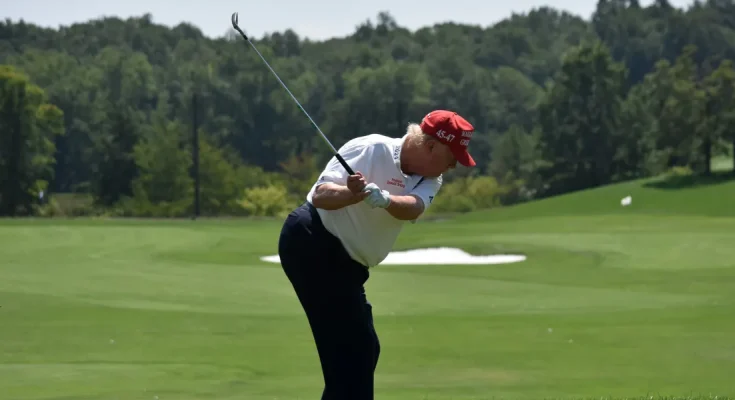When Ivana Trump died suddenly, few could have predicted her final resting place would be a golf course. Take a look at how one woman’s grave became part of a decades-long plan involving farmland loopholes, cemetery exemptions, and millions in potential savings.
Ivana Trump, the first wife of President Donald Trump, died from accidental injuries in 2022. Within days, she was buried at Trump National Golf Club in Bedminster, New Jersey — a decision that sparked public curiosity and confusion.
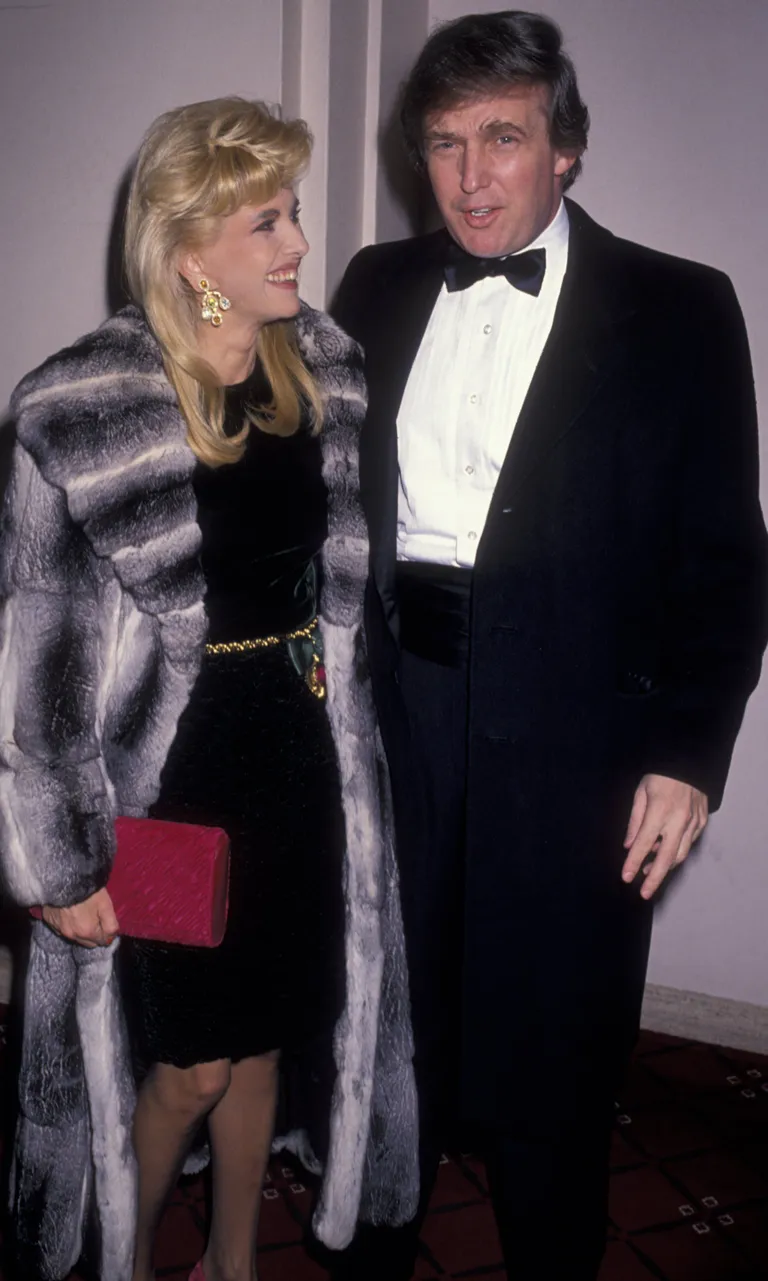
The grave, modest and tucked away near the first tee, appeared personal at first glance. But beneath the surface, it intersected with years of land-use planning, local resistance, and carefully structured tax classifications. As it turns out, Ivana’s burial may not just be a family matter.
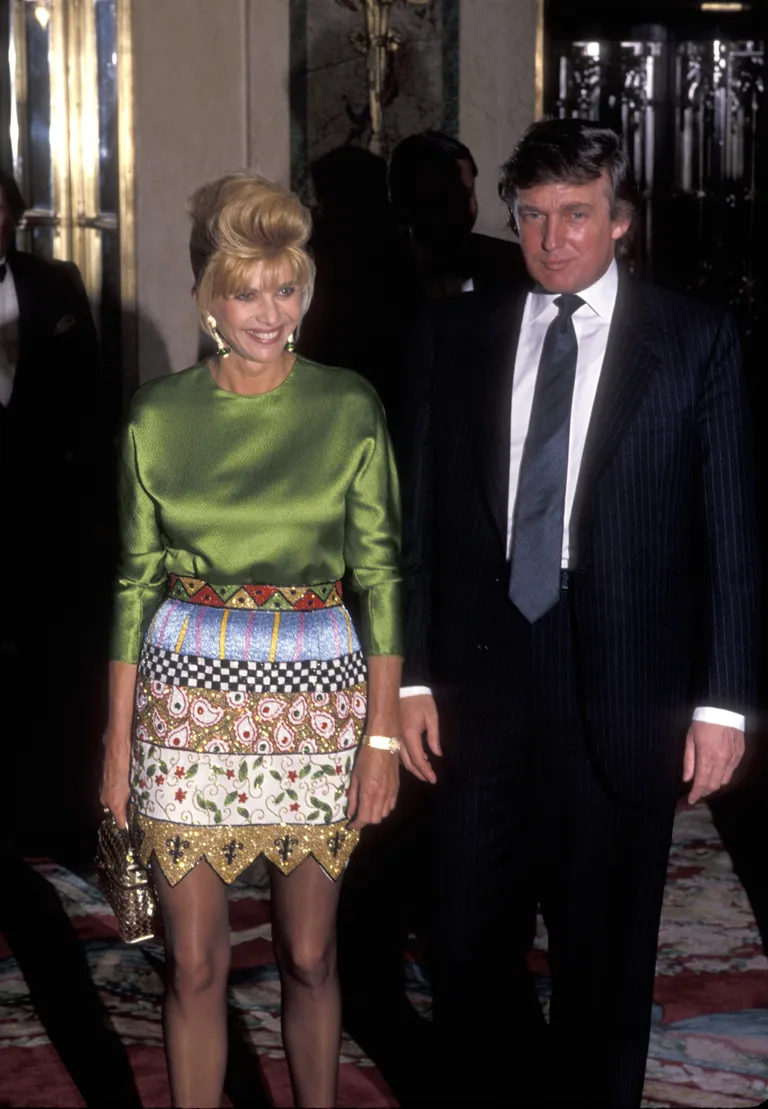
A Grave Decision – Decades of Cemetery Plans and Tax Strategy
In July 2022, it was announced that Ivana had sadly died at 73. According to the New York City Office of the Chief Medical Examiner, she sustained blunt impact injuries to her torso as a result of an accidental fall.
Paramedics responded to a call regarding cardiac arrest shortly after 12:30 p.m. and found her unconscious and unresponsive at the bottom of a staircase in her Upper East Side apartment. She was pronounced dead at the scene.
Police were investigating whether the fall had contributed to her death, and the medical examiner ultimately ruled the incident an accident. Her passing marked a deeply emotional moment for the Trump family.
Donald, who announced her death publicly, described Ivana as an exceptional woman. In a statement, her children — Donald Jr., Ivanka, and Eric — shared:
“Our mother was an incredible woman — a force in business, a world-class athlete, a radiant beauty, and caring mother and friend. Ivana Trump was a survivor. She fled from communism and embraced this country. […] She will be dearly missed by her mother, her three children and ten grandchildren.”

Shortly after her death, Ivana was laid to rest at Trump National Golf Club in Bedminster, New Jersey. Her grave, marked by a plaque and more than two dozen white flowers, sits in a quiet area near the backside of the first tee. The plot overlooks a green space and is positioned so that golfers do not see it as they begin a round of golf.

A source confirmed to the press that she was buried “not too far from the main clubhouse,” and photos taken at the time captured a solemn image of her lone grave set against the estate’s scenery of trees and shrubs.
Ivana became the first person known to be buried on the Trump-owned golf course. Her burial there appeared deeply personal, yet also tied into a complex web of business and tax considerations.

Donald had long been interested in using his golf course property for cemetery purposes.
Documents from the Trump Family Trust, published by ProPublica, revealed prior efforts to designate a separate property in Hackettstown, New Jersey, as a nonprofit cemetery company.

Although that property is about 20 miles away from Bedminster, the implications extended directly to the golf course. Under New Jersey law, land used for cemetery purposes is exempt from a wide range of taxes — including property, personal property, sales, business, income, and inheritance taxes.
In addition, cemetery companies themselves are not required to pay taxes on their lands. According to the New Jersey Law Revision Commission, a cemetery company refers to any individual, corporation, association, or entity that owns or manages a cemetery.
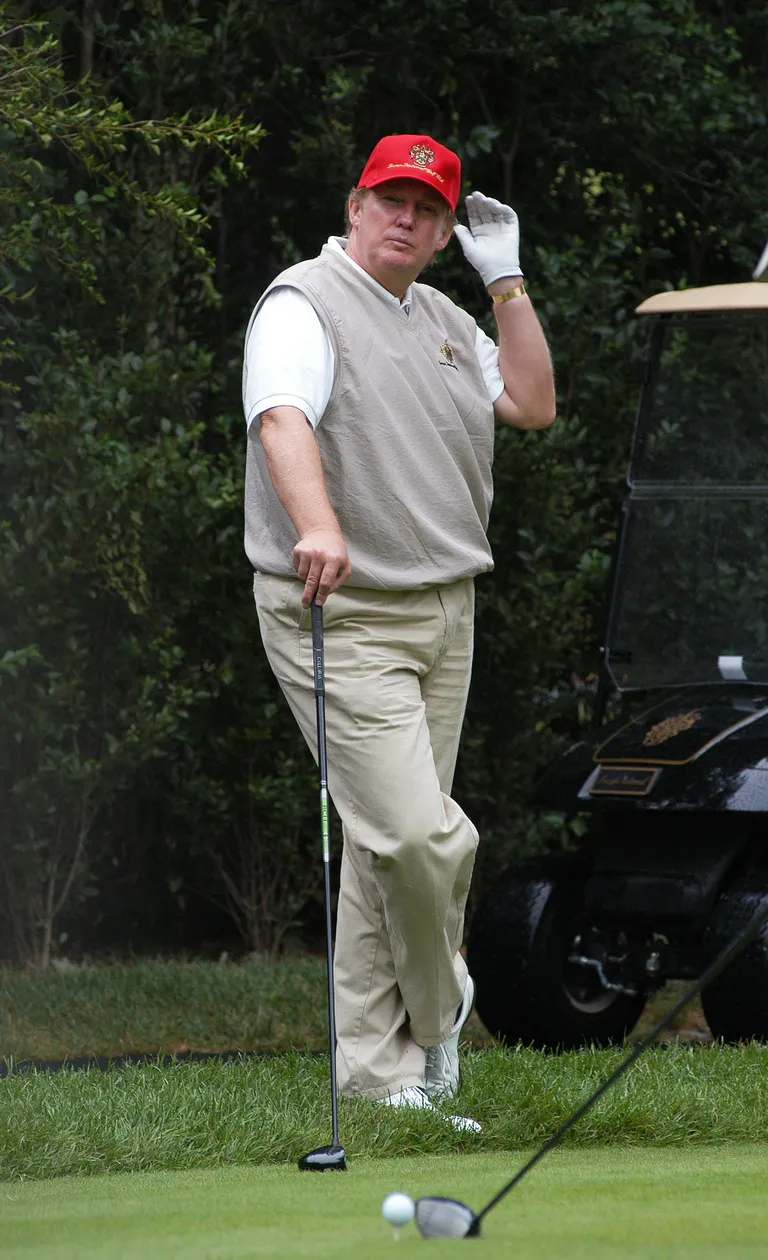
However, this definition excludes religious organizations that limit burials to their members or their families — unless those organizations have been granted a certificate of authority for the cemetery.
Donald had long been interested in using his golf course property for cemetery purposes. As early as 2012, National Public Radio (NPR) reported that he wanted to be buried on the grounds of the Bedminster golf course. His initial plan was to build a mausoleum.
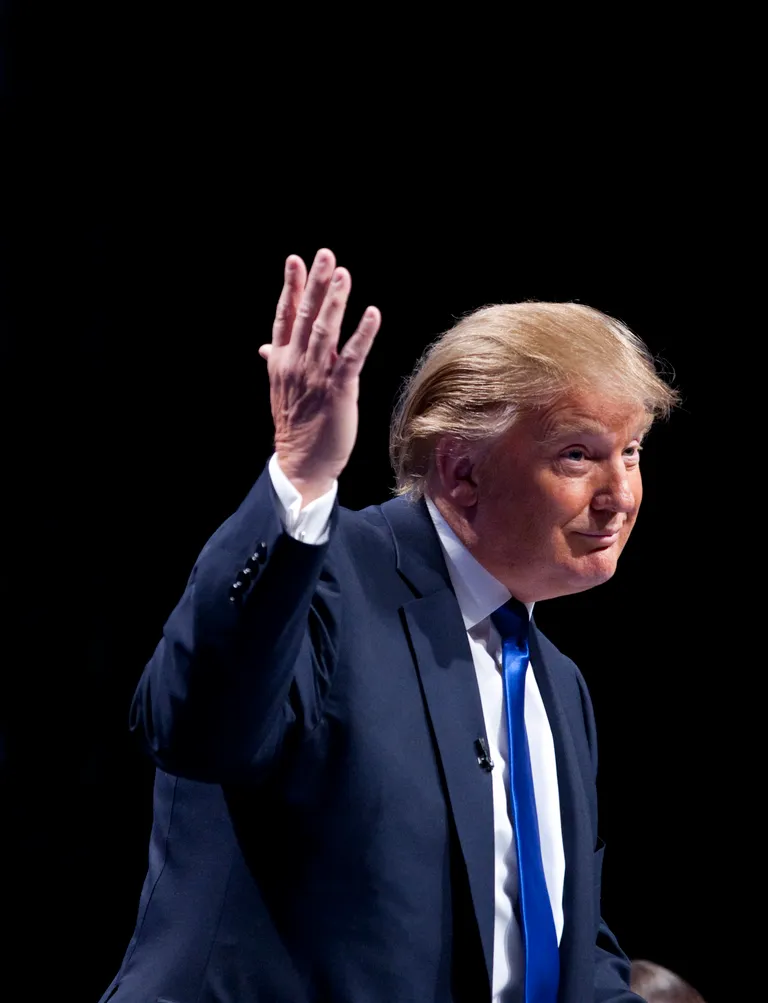
He later adjusted the proposal to include a cemetery of more than 1,000 possible graves. Designs changed again to focus on a 10-plot private family cemetery. By 2017, the concept had expanded into a 284-plot cemetery that would sell grave sites to the public.
However, the process of getting approval wasn’t straightforward. Bedminster, a small township known for its rolling hills and elite residences, was wary of Donald’s proposals.
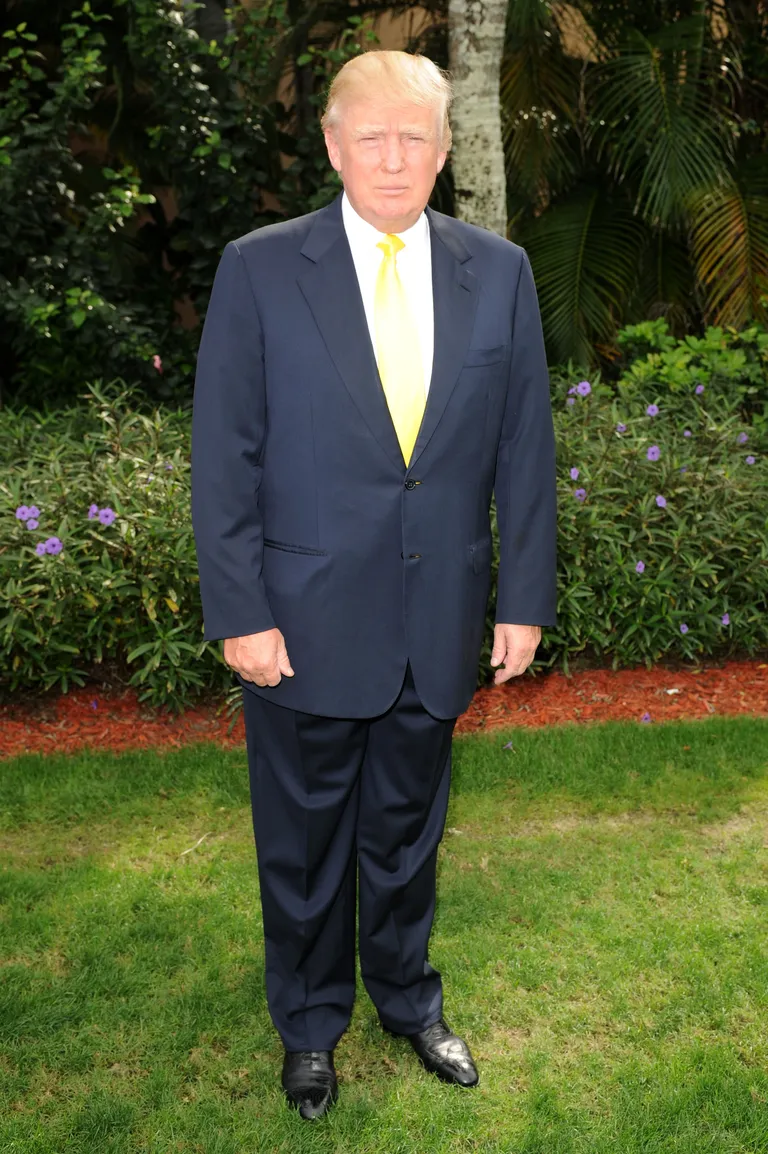
Ed Russo, a consultant for the president coordinating the cemetery plans, told NPR in 2012, “It’s not like Atlantic City in any way, shape or form.” He explained Donald’s vision in more personal terms:
“If you have everything in the world, where would be that place you’d most like to be identified with going forward? His point was, this is a place where people respect each other.”
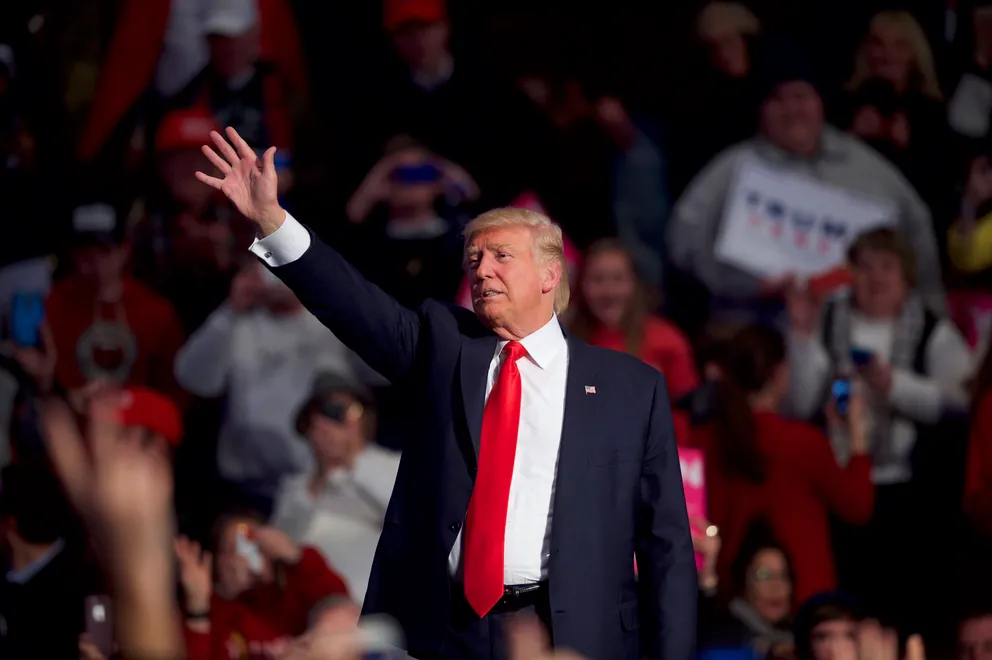
Russo eventually secured approval from the Bedminster town council, marking the first step in a long process that would include further local and state authorizations.
Earlier proposals for a mausoleum and a chapel were rejected. A compromise, brokered in part by former town council member Sally Rubin, allowed for as many as 500 graves — as long as they wouldn’t be visible.
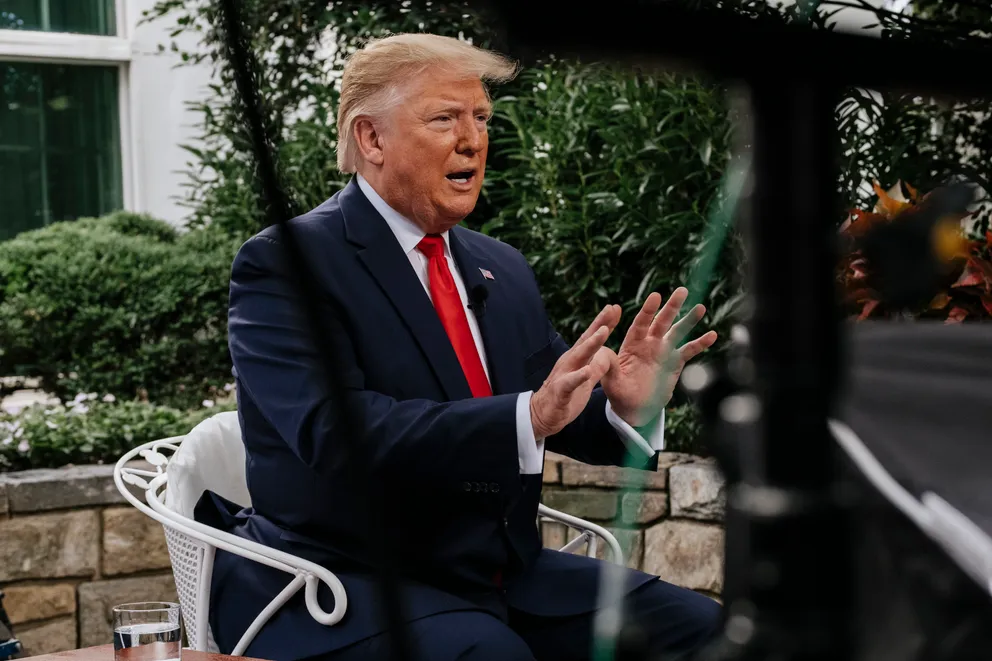
The cemetery, according to the revised plans, was to serve members of the golf club, who reportedly paid $150,000 to join and $20,000 annually in dues.
Russo noted that the cemetery would accommodate just one to two burials per year. The cost of a burial plot in New Jersey typically ranges in the low thousands, and the revenue generated from such a cemetery would go to the nonprofit company operating it.
This led to speculation that the true incentive was related to taxes. Nonprofit cemeteries in New Jersey are exempt from property taxes, and designating part of the land for cemetery use could help the Trump Organization reduce its tax burden.
However, other questions still remained. Would Donald ultimately choose to be buried in New Jersey?
Experts acknowledged that this was possible, though they also suggested the savings might not be worth the effort. That’s because Donald had already found a different way to lower taxes on parts of the property.
He had convinced Bedminster officials to classify a wooded, largely unused parcel as farmland. The justification? Trees on the land were turned into mulch.
Due to New Jersey’s pro-farmer tax policies, that agricultural designation dropped the property tax dramatically. On a parcel that the president bought for $461,000, he paid only $16.31 in annual property taxes.
Suspicion lingered within local government. Bedminster land-use board member Nick Strakhov told The Washington Post about the motivation behind the cemetery plan, “It’s always been my suspicion that there’s something we don’t know.”
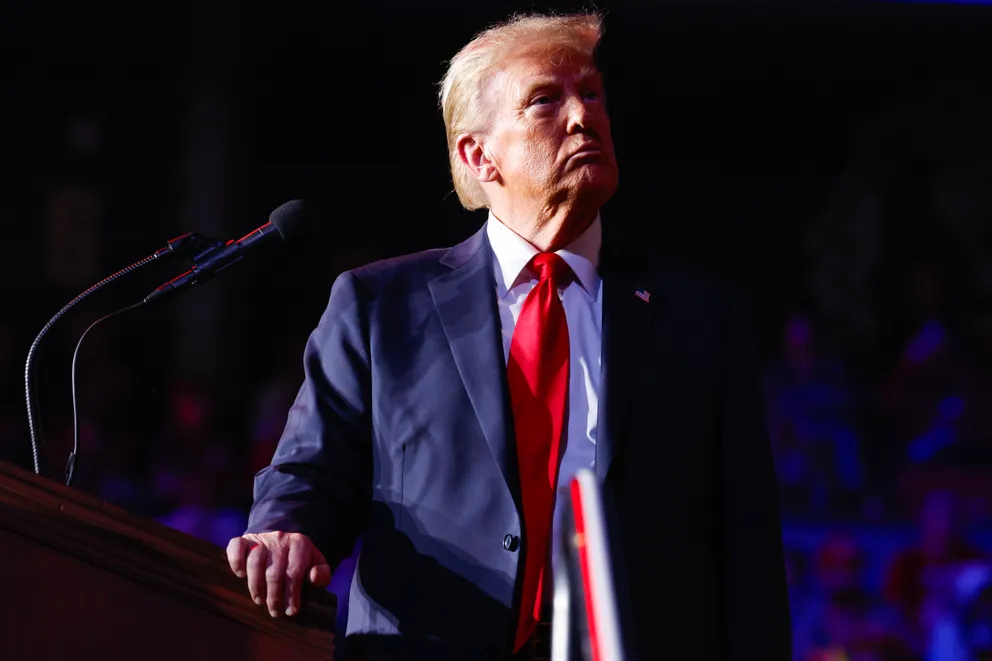
Asked whether he had inquired further, Strakhov responded, “I did not ask. It’s an obvious question.” Although he was absent during the vote, the board unanimously approved the cemetery plan after some inconclusive questioning.
However, other questions remained. Would Donald ultimately choose to be buried in New Jersey? Other U.S. presidents have chosen to be buried at their presidential libraries or at Arlington National Cemetery.
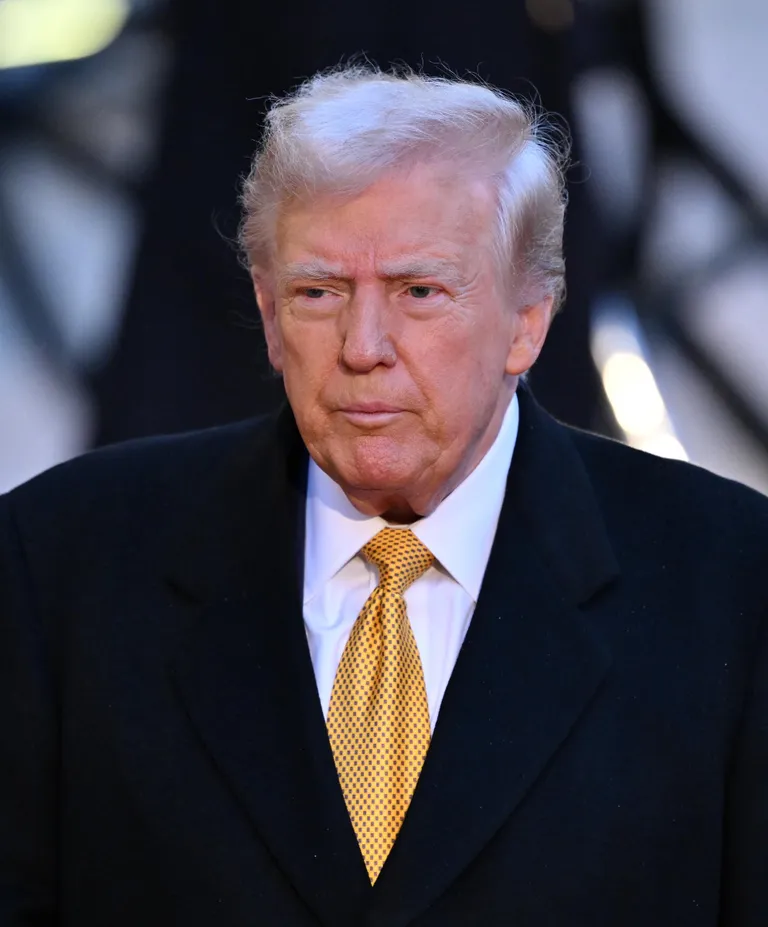
Seeking answers, The Washington Post contacted Strakhov, who had since authored a book titled “Donald J. Trump, An Environmental Hero” chronicling his work with the president on various land-use projects.
He answered briefly, stating he was driving. When asked whether the cemetery plans were still in motion, he reportedly laughed and said, “Pretty funny. I have to drive here. So I will do that.” He never called back.
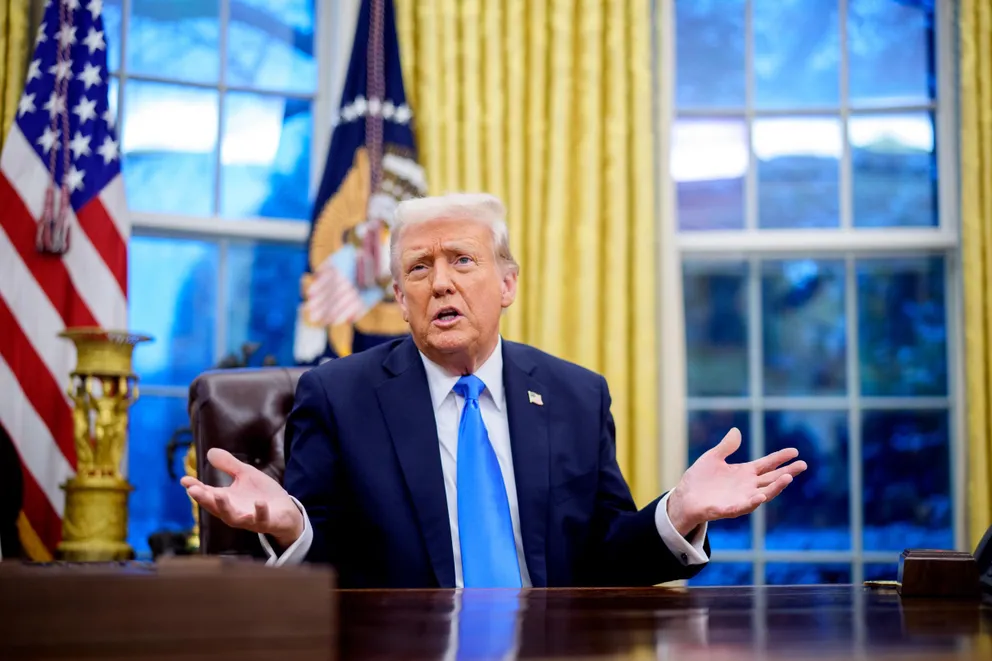
Nonetheless, by 2019, Donald continued to benefit from additional tax breaks. While he spent time golfing, his property reaped the rewards of a “farmland assessment” that saved him an estimated $88,000 annually.
According to documents filed with Bedminster Township, the president maintained eight goats and grew hay on 113.2 acres. An additional 70.6 acres of nearby woods were also designated as agricultural land.
In total, 183.8 acres of the resort’s 514 acres were taxed at just over $6 per acre — compared to $462 per acre for the rest. A HuffPost analysis showed that this arrangement allowed Donald to avoid $88,067 in property taxes in that year alone.
Robert Weissman, president of the watchdog group Public Citizen, criticized the setup:
“Looks like Trump is fleecing taxpayers yet again. What’s now become very clear is that a very substantial portion of the Trump fortune is due to tax evasion, including his evasion of taxes on his daddy’s wealth.”
In the end, Ivana’s burial site — quiet, private, and shielded from the view of golfers — fit neatly within a broader plan years in the making. The location, sentimentally significant to the Trump family, also played a potential strategic role.
The burial gave tangible reality to a proposal Donald Trump had been working on for more than a decade. Whether the intention was personal, financial, or both, it aligned closely with other patterns observed at the Bedminster estate.
